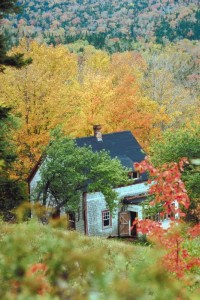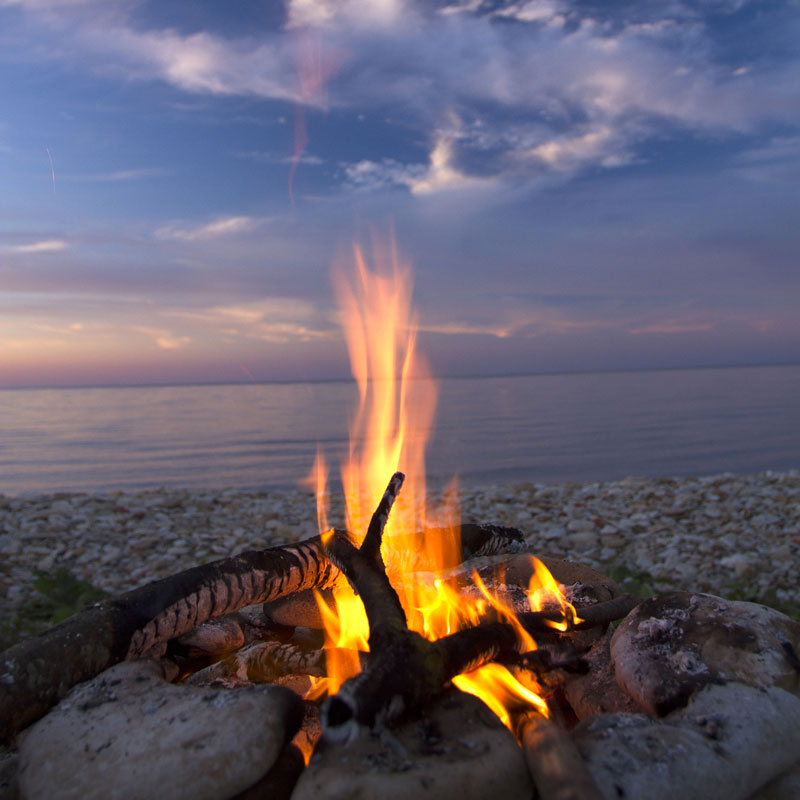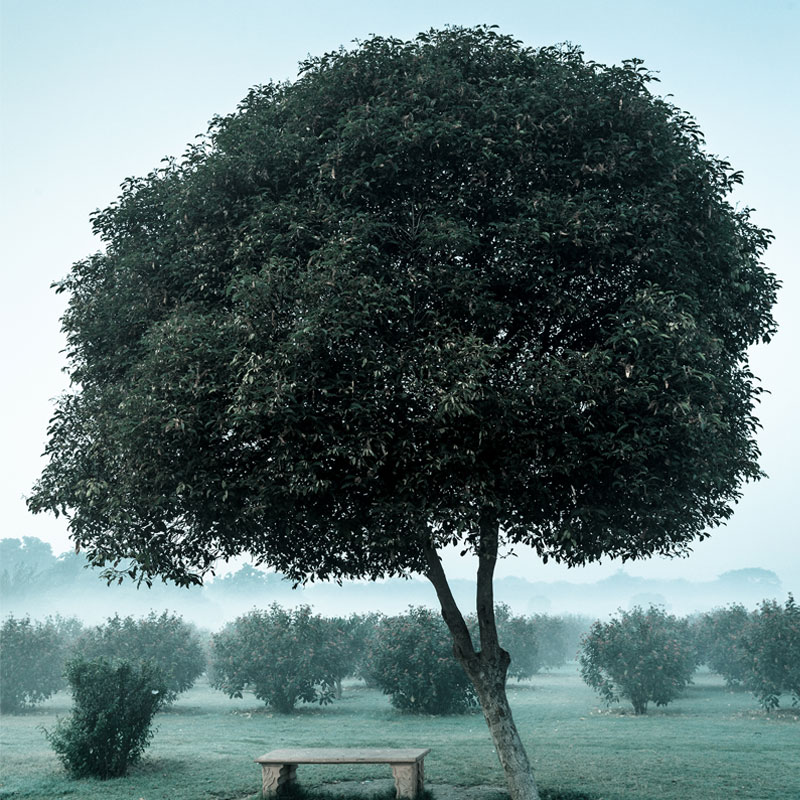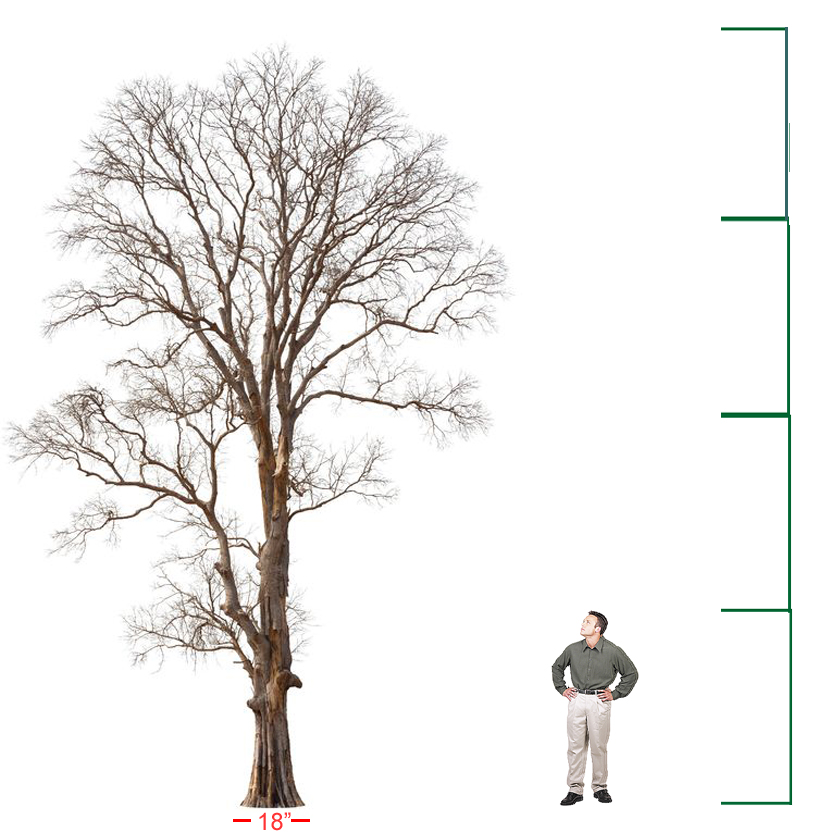by Tom
Share
by Tom
Share
Autumn is officially here, bringing with it cool weather and thoughts of fires in the hearth, but is your chimney ready for winter? Before fire season gets underway, however, check that your chimney cap is still in good shape. You don’t want to have to climb on your snow-covered roof this winter to replace it!
Chimney caps prevent water, snow, animals, bird droppings, and leaves from entering your home. A damaged (or missing) chimney cap may no longer be protecting your chimney and home. A once-a-year check on your chimney caps can be well worth your time for protecting your house. Here are four things to check to answer the question, “Is your chimney ready for winter?”:
Chimney Cap Checklist:
1. Is there a chimney cap?
Powerful winds during fall and winter storms can tear off a chimney cap. Properly secured chimney caps withstand most high winds, but exceptional winds can do damage, including blowing chimney cap off. Also, most homes built before the 1980’s simply never had chimney caps to begin with.
2. Is the chimney cap securely attached?
Time, wild animals, or high winds can loosen your chimney cap’s attachment to your flue or chimney. You can retighten screws or reapply a chimney cap sealant if your cap has become loose over the past year.
3. Is the chimney cap rusting?
Galvanized steel chimney caps generally last about five years before they become too rusted to offer protection. Along the coast, galvanized chimney caps corrode even more quickly. All our stainless steel and copper chimney caps have lifetime warranties, so they are good replacement choices for those who don’t want to be replacing their chimney caps every few years.
4. Are the sides of your chimney cap clogged?
The mesh in chimney caps can get clogged with leaves, as well as soot and creosote, especially if you are using unseasoned firewood. This clogging is most common in chimney caps designed with smaller mesh holes for use in wildfire prone areas. If the mesh sides of your chimney caps are clogged, your fireplace or woodstove’s draft will be reduced, leading to poor performance or even smoke coming back into your house.
When heading up to the roof to check on your chimney cap, take along a tape measure, paper, pencil and the FireplaceMall Chimney Cap Easy Measure Guide. In case you need a replacement chimney cap, you will have the tools and information at hand to measure your flues or chimney crown for a replacement chimney cap.
The United States celebrates National Bioenergy Day each October. It recognizes and encourages the use of renewable and sustainable bioenergy sources. In 2021, National Bioenergy Day is October 20. When any organic material with few or no productive applications is used to generate energy, we call it “bioenergy.” The biomass can be any organic low […]
Mosquitos are the bane of everyone who wants to relax by a fire pit or fire bowl or campfire. A careful selection of specific eco-friendly firestarters, logs and other fire fuels can safely repel those flying pests. Here is a list of what to burn for mosquito free fire pit or other outdoor fires. What […]
We celebrate Arbor Day in the United States on the last Friday of April. The holiday celebrates the joys of trees. Trees provide both people and animals with services as well as goods. Planting trees on Arbor day is a traditional way to honor forest, ornamental and fruit trees. To those with wood-burning fireplaces or […]
Old timers had rules of thumb, that is, experienced-based guides, about how many cords of firewood a tree would yield. One of those is that a tree that is 18 inches in diameter at the base and four times the height of a man will yield a half-cord of firewood. Different varieties of trees, and […]




